
It’s been 20 years since the Guanacaste Conservation Area (GCA), together with professors from Princeton University, started a project to recover three hectares of tropical dry forest, which is at risk of disappearing around the globe.
The project began in 1997 after Princeton researcher Daniel Janzen decided to check out a recently opened orange-exporting company, Del Oro.
On its property, Del Oro had tons of orange peels left over after extracting the juice and essential oils that they sold. The company had tried to offer the peels as food for cattle, but local cattle farmers didn’t want them.
Janzen, working with the GCA, proposed to the company that the GCA bio-process their waste in exchange for 1,500 hectares of forest that the company would donate to the GCA.
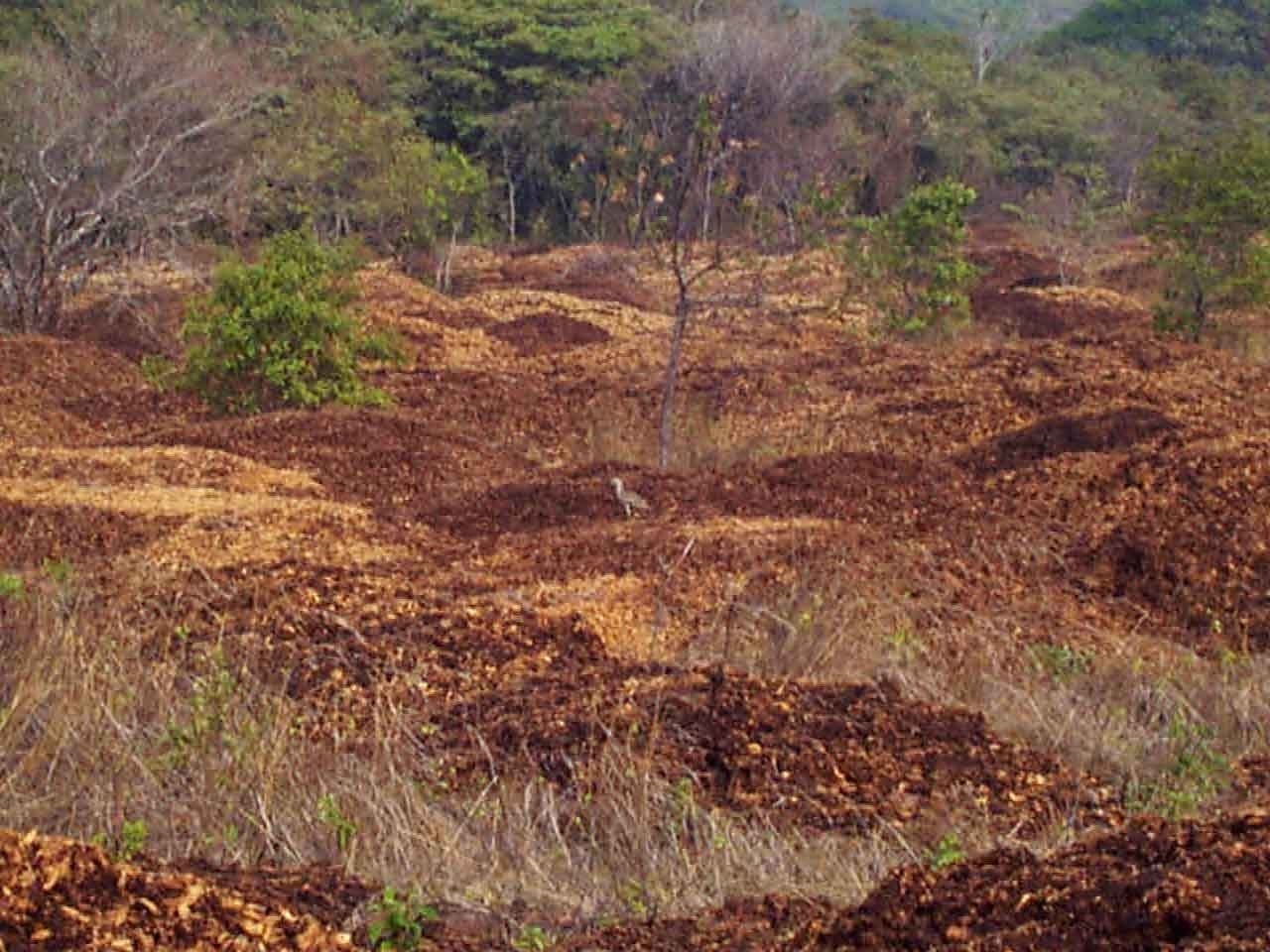
At the same time, the conservation area would use the peels as fertilizer. Guanacaste has two species of fly larva that decompose organic material, which is later mixed into the soil. This helps regain forest coverage.
Del Oro and the GCA signed an agreement at the Presidential House on August 24, 1998, and they got to work on the project. Twenty years later, they’ve achieved more than 170% recovery of the soil’s biomass.
Orange peel contains micro-nutrients that fertilize soil so damaged that doesn’t seem to be able to grow anything other than the imported African grass that has invaded the region.
An article Princeton published recently in the magazine Restoration Ecology confirms this. The article lauds Costa Rica as an example of how to regenerate tropical forest with low material costs.
“We were able to speed up the forest’s restoration process by 50 years,” says Roger Blanco, head of research for the GCA.
Recovering tropical dry forests is essential to offset climate change. These forests are efficient processors of carbon dioxide, and they also provide a home for a wide range of species.
“Since the GCA [was formed] we have looked for ways to restore the tropical dry forest as it’s one of the most threatened ecosystems in the world – and there are few places in Mesoamerica where the opportunity to restore these forests still exists,” explains Alejandro Masís, the current director of the GCA.
What held them up?
The project showed positive results in the first samples taken from the national park in which the invasive grass lost ground and native species began to flourish once again.
However, the forest’s transformation was put on hold after the rival company TicoFruit and the citizens’ group Voz del Pueblo de Bagaces filed suits against the GCA researchers Sigifredo Marín and Roger Blanco with the Ombudsman’s Office, the Public Ministry and the Constitutional Court.
The crimes mentioned in file 98-013353-042-PE involve the contamination of substances allocated for public use, poisoning of trees, disobedience of the Constitutional Court and contamination of state lands.
The Constitutional Court declared the agreement illegal and the project was put on hold. The GCA lost the 1,500 hectares of forest that Del Oro had promised them. Additionally, Del Oro had to buy a plant to process their waste, which they invest $600,000 in every year.
“If we can place an economic value on the environmental service of bio-processing waste that nature does for free, then we have a parameter,” says Blanco.
Later, the GCA was able to buy the 1,500 hectares of Del Oro’s forest thanks to an approximately $1.5 million donation from the nongovernmental organization Blue Moon Fund.
Even with the project’s cancellation, the forest was able to recover and today the scientific world knows that tons of “trash” can save tropical dry forests.


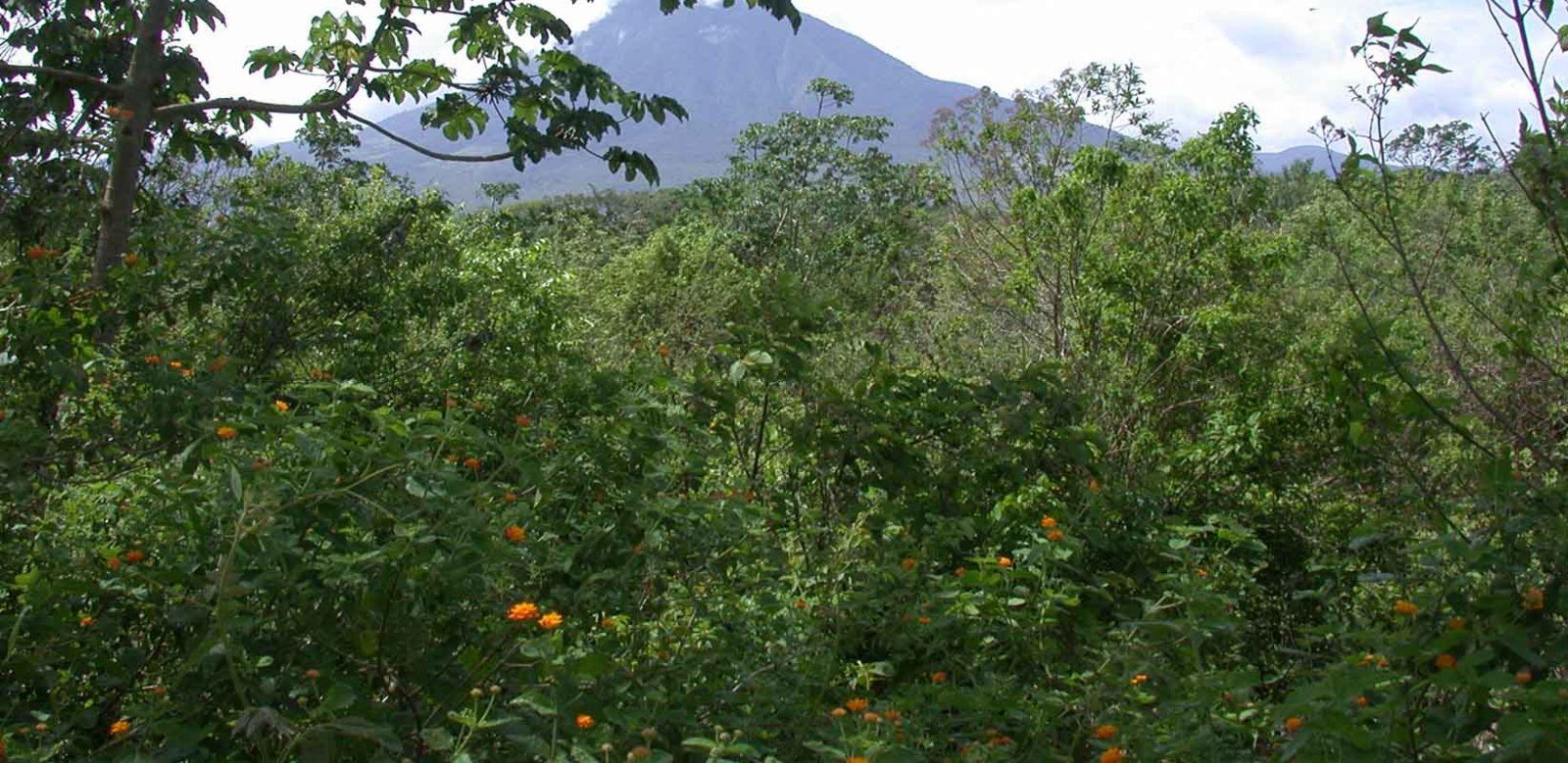
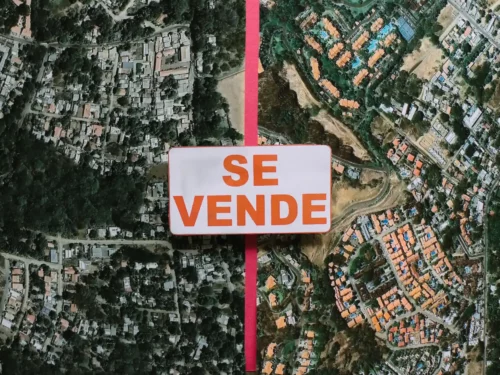
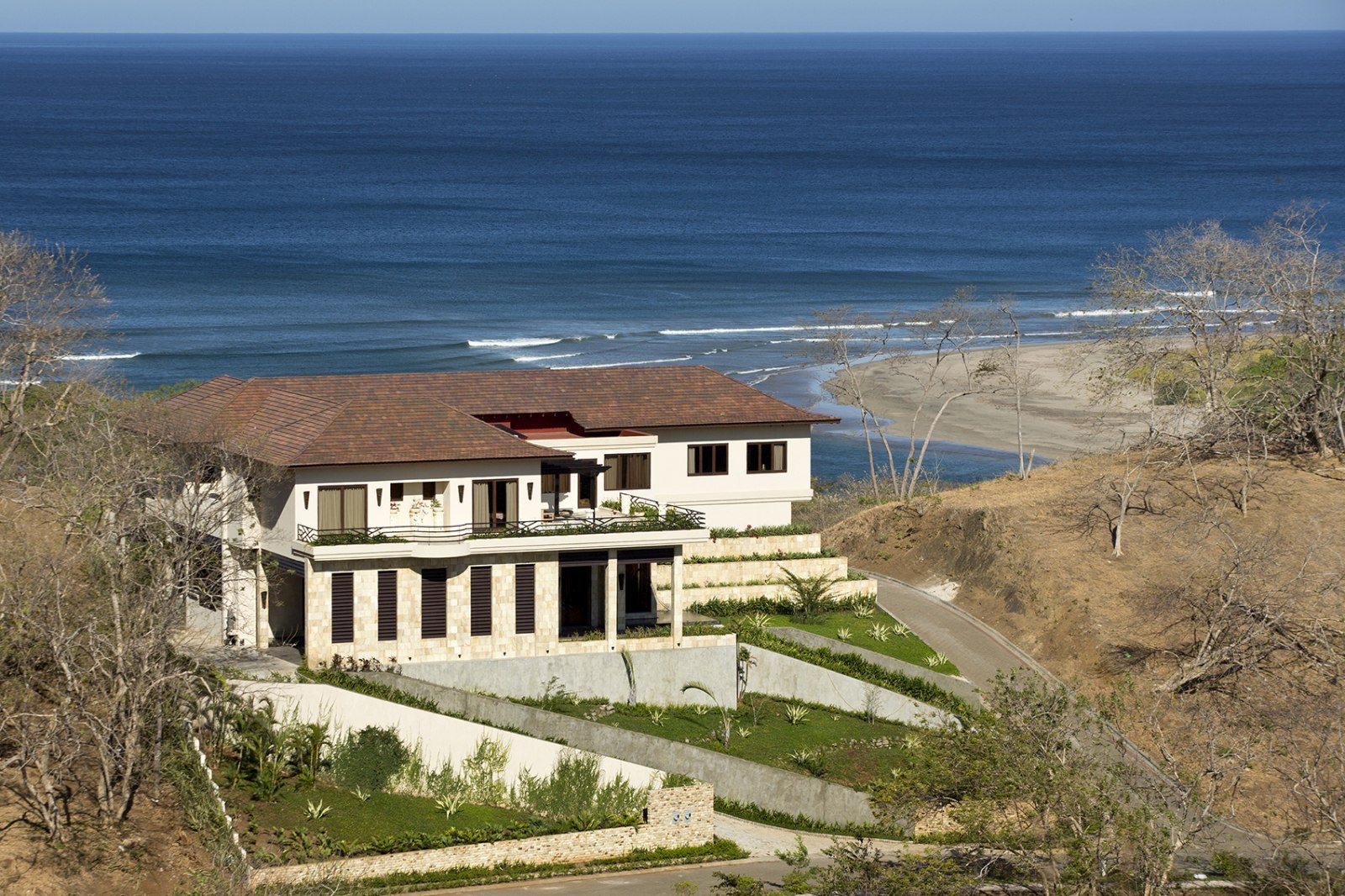
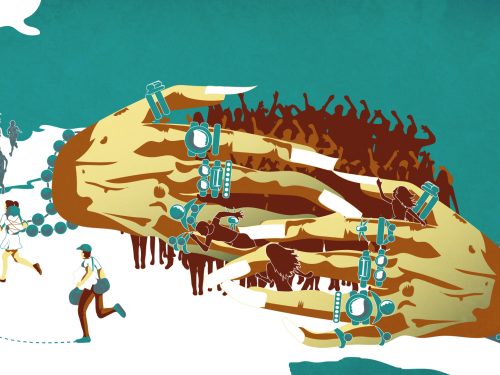

Comments